The surface on which meat, poultry, fish, and vegetables is cut is as important as the knives you cut with. Many factors come into play when you are choosing a cutting board.
Size
The size of a cutting board is pretty important. Small cutting boards are convenient for clean up and cutting small things quickly (for example a garnish or some cheese). However, every kitchen should have at least one large cutting board. How large? As big as your sink. It’s important to be able to wash your cutting boards thoroughly, so it’s important that the cutting board fits into your sink. When buying a cutting board, the bigger the better (as long as it fits in the sink). Why? The larger surface area gives you more space to work with. It helps with posture too. You won’t be cramped up trying to fit everything on the board, move the food into position, and drive the knife at the same time.
The thickness of the cutting board is dependent on your height as well as your kitchen counter height. If you get a really think block and place it on your counter, you may have to bend your shoulder and elbow at awkward positions when you cut. This will lead to muscle aches and pains and maybe even damage. Get something with dimensions that feel comfortable to you.
Once an appropriate size of cutting board has been chosen, the question of buying plastic or wood comes up. Which is better for the knife? Which is safer? What’s the best value? These are some questions that come up when choosing between these two materials. We’ll try to address them here.
Surface
Most wood boards are made of a maple (a hard wood) or pine (a soft wood) which may give your kitchen a much more attractive look than plastic boards. A good, sharp knife will cut into a wood board to some degree, so be forewarned that the cutting surface of your elegant wood cutting board will look worn, especially if you are heavy handed. The grain of the wood also helps keep the food from slipping.
A plastic board will usually have a roughened surface to aid in keeping food from slipping off. Most people would say that a plastic board’s appearance leaves much to be desired, but it’s size, shape, and weight make it extremely handy around the kitchen. Unfortunately, no matter what a manufacturer claims about how gentle the plastic is on knives, there is no substitute for cutting on wood to keep your knives in tip top shape.


A properly oiled wood board will also help resist staining to some degree, but prompt washing is always the best policy to follow.


Grooves
Grooves are often carved into the edge of the cutting board to catch juices. 

Feet
![]()
![]()
Over the sink boards
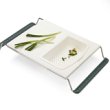



Bacteria
It is often said that plastic is easier to clean than wood, but this is not necessarily the case. Foods that stain are much easier to clean off plastic, but if you’re concerned about bacteria, plastic may not be the material you want to choose to use.


Plastic cutting boards have a nonporous surface that provides no place for bacteria to dwell. However, bacteria can just as easily live on the surface and after using the board for a while, your knife will probably chew up the fine surface of the board providing plenty of hiding spaces for bacteria to survive even through vigorous washing. This is troublesome to deal with and it is wise to scrub the cutting board down immediately after using. What 



Wood boards actually absorb the bacteria into the wood. After the surface of the wood has been cleaned and dried, the bacteria near the surface dies. It turns out the wood near the surface forms a hostile environment for bacteria to live in. There are lots of bacteria living in the cutting board, but about 1/8 in. below the surface. (If your board is pine, the natural pine oil in the board can serve additionally as a disinfectant.) This is deep enough that a heavy handed chop into the wood is unlikely to release bacteria (unless the wood splits). If your cutting board fits in your microwave oven, heating up the board in the microwave for 30 sec. or so will completely cleanse the board of bacteria, inside and out. As with plastic boards, prop a corner up to keep moisture from collecting.
Price
In general, plastic cutting boards are less expensive than wood cutting boards. For $10, you can purchase a set of cutting boards for cutting poultry, fish, and meats, or you can divide them up by size. For the same $10, a set of three wood boards will be serviceable, but noticeably lower quality. A good wood board can run upwards of $100, although a $10-20 board should make a great cutting surface. If you have expensive knives and don’t mind oiling every couple weeks, then get a modest wood carving board. If you’re on a budget, like the convenience of multiple cutting boards, and can stand dealing with vigorous scrubbing and the occasional bleaching, then plastic is the way to go.
Bamboo 

A “new” entry in the cutting board market are bamboo boards. Bamboo is an extremely hard grass that is easily grown and naturally replenishing resource. It doesn’t have to be replanted after chopping down and is strong, durable, and pretty. Boards constructed of bamboo are fast (the hard surface makes it easier to work the knife) and durable. The boards absorb less liquid than maple wood and are typically easier to wash since the knife cuts won’t be as deep or plentiful. Like other wood boards, they should not be soaked in water or placed in the dishwasher. The downside of bamboo boards is cost. Currently, the most expensive cutting boards that I know of, bamboo boards will run almost $200 for a large board. Browse Totally Bamboo for typical prices and a decent selection of boards and dishware.
![]()
![]()
![]()
![]()
![]()


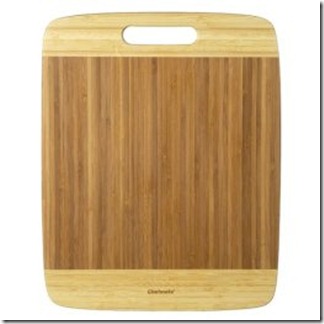
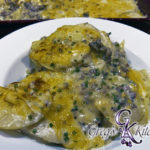



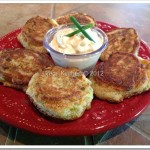
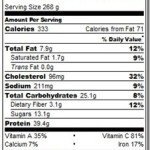

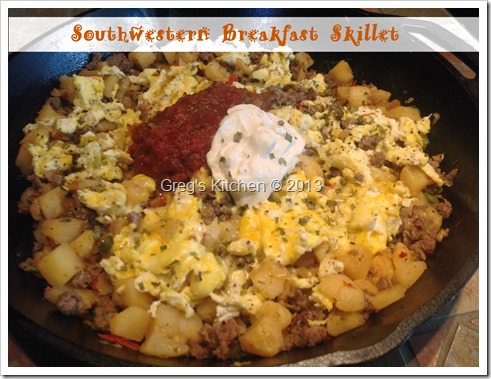
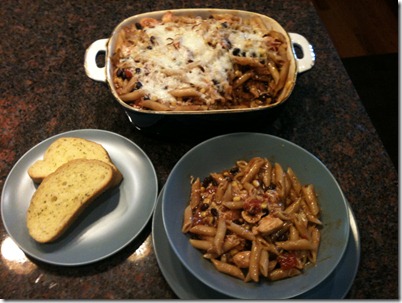
Be the first to comment